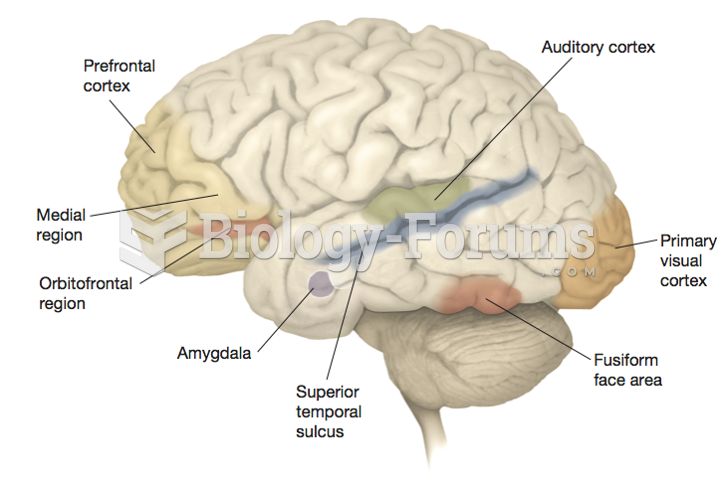Answer to Question 1
The Tea Party movement is a political movement that is generally recognized as conservative and libertarian. (The Libertarian Party is the third largest political party in the United States; it favors minimally regulated, laissez-faire markets; strong civil liberties; reduced government spending; minimally regulated migration across borders; the avoidance of foreign military or economic entanglements with other nations; and respect for freedom of travel to all foreign countries). The Tea Party movement endorses reduced government spending, opposition to many current taxation policies, and reduction of the federal budget deficit and the national debt. The name Tea Party is a reference to the Boston Tea Party, a protest by colonists who objected to a British tax on tea in 1773 and demonstrated by dumping British tea taken from docked ships into the harbor. Tea Party advocates want to sharply reduce spending on social welfare programs-including Social Security benefits, Medicare, Medicaid, The Affordable Care Act, and unemployment insurance. They also want to curtail the power of trade unions, and are against raising tax rates for millionaires. Robert Reich asserts that the Tea Party is the rebirth of social Darwinism. Social Darwinism was based on Charles Darwin's theory of evolution. Darwin theorized that higher forms of life evolved from lower forms by the process of survival of the fittest; he had seen in the animal world a fierce struggle for survival that destroyed the weak, rewarded the strong, and produced evolutionary change. Herbert Spencer extended this theory to humanity: Struggle, destruction, and survival of the fittest were thought to be essential to progress in human society as well. The theory stated in its most inhumane form that the strong (the wealthy) survived because they were superior, whereas the weak (the needy) deserved to perish; it would be a mistake to help the weak survive. Social Darwinism was used by the wealthy and powerful to argue that the government should not spend money on social programs to help the lower and middle income classes. The federal government rejected social Darwinism around the early 1900s. A large variety of social and educational programs (such as the 1935 Social Security Act) were created to assist all Americans, higher income people were taxed (along with lower income people) to invest in social programs, public schools, public transportation, public universities, and public health-programs that made everyone better off. Social Darwinism was rejected.
Answer to Question 2
The developmental view offers an alternative approach to residual and institutional views that appears to appeal to liberals, conservatives, and the general public. This approach is defined as a process of planned social change designed to promote the well-being of the population as a whole in conjunction with a dynamic process of economic development.
The developmental approach advocates social interventions that contribute positively to economic development. It thus promotes harmony between economic and social institutions. The approach regards economic progress as a vital component of social progress. It promotes the active role of the government in economic and social planning. This is in direct opposition to the residual approach, which advocates that the government should seek to minimize its role in the provision of social welfare programs. Finally, the developmental approach focuses on integrating economic and social development for the benefit of all members of society.
This perspective appeals to liberals because it supports the development and expansion of needed social welfare programs. The perspective appeals to conservatives because it asserts that the development of certain social welfare programs will have a positive impact on the economy. In the past, conservative politicians have opposed the development of many social welfare programs because they claimed such programs would have a negative impact on economic development. The general public also would be apt to support the developmental perspective. Many voters oppose welfarism because they believe it causes economic problems (for example, recipients choosing to be on the government dole rather than contributing to society by working). Asserting, and documenting, that certain proposed social welfare programs will directly benefit the economy is attractive to voters.







